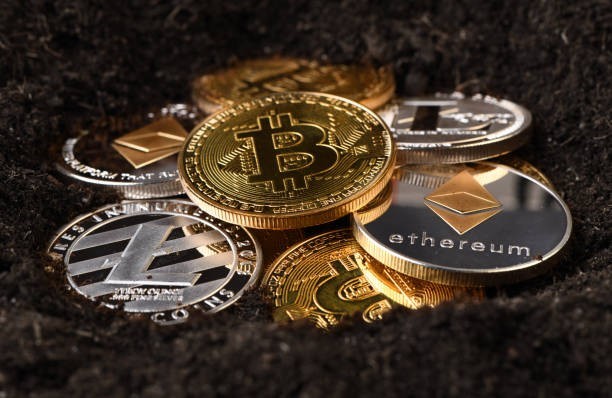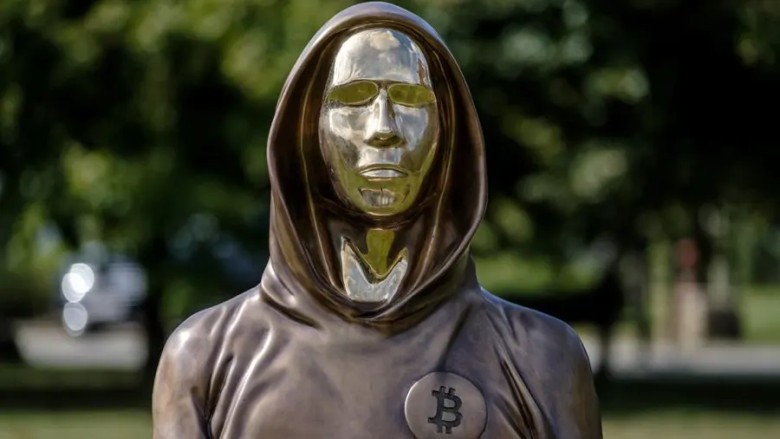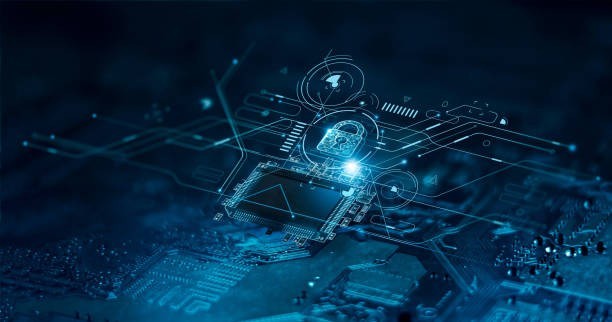views
#Blockchain #Crypto #Bitcoin #Ethereum #DigitalLedger #TechFacts #CryptoTrivia #Web3 #Fintech #BlockchainTechnology
1. Blockchain Isn’t Just for Cryptocurrency

While blockchain became famous for powering Bitcoin, it’s a versatile technology with applications far beyond cryptocurrencies. It’s used in supply chain management, voting systems, medical record storage, and even art authentication. The core idea is decentralization and transparency, which means no single party has full control and all transactions are visible to authorized participants. This makes blockchain a trusted solution for industries that require secure, tamper-proof data storage. From finance to farming, blockchain is showing the world it can be more than just the backbone of digital money.
2. The First Blockchain Was Created in 2008

Blockchain’s origin story dates back to 2008, when an unknown person or group using the pseudonym Satoshi Nakamoto introduced the concept as part of Bitcoin. The blockchain was designed to be a public ledger that records all Bitcoin transactions in chronological order. Its genius lies in how it ensures security without needing a central authority. By combining cryptography, distributed networking, and consensus algorithms, Nakamoto created a system that’s nearly impossible to hack. Since then, the technology has evolved far beyond its original purpose.
3. Blockchain Transactions Are (Almost) Immutable

One of blockchain’s key features is that once a transaction is recorded, it can’t easily be altered. This immutability comes from the way blocks are linked through cryptographic hashes. Changing one block would require altering every subsequent block across all copies of the ledger — a nearly impossible task for large, decentralized networks. This is why blockchain is trusted for recording sensitive information like contracts and medical records. However, some blockchains can be “forked” or updated under special circumstances, showing that “immutable” has a few exceptions.
4. Blockchain Uses a Lot of Energy

Proof-of-work blockchains like Bitcoin require massive computing power to validate transactions, leading to high energy consumption. This process, known as mining, involves solving complex mathematical puzzles. Critics argue this is bad for the environment, but supporters point out that more energy-efficient methods like proof-of-stake are gaining popularity. Ethereum, for example, switched to proof-of-stake in 2022, cutting its energy use by over 99%. As blockchain adoption grows, finding sustainable solutions will be key to balancing innovation with environmental responsibility.
5. You Don’t Have to Store Everything on the Blockchain

Although blockchain is a secure way to store information, it’s not designed to hold huge amounts of data. Instead, most blockchains store transaction records and cryptographic proofs, while the actual data is kept off-chain. This approach helps keep the blockchain fast, efficient, and manageable. For example, a blockchain-based medical record system might store only a digital fingerprint of each record on-chain, with the actual files stored in secure external databases. This hybrid model combines blockchain security with scalable data storage.
6. Blockchain Is Highly Transparent

Public blockchains are like open books — anyone can view every transaction ever recorded. This transparency builds trust, as no single party can hide or alter the data without detection. It’s one reason blockchain is so appealing for industries like supply chain management, where verifying the origin and movement of goods is crucial. However, transparency doesn’t always mean personal details are exposed. Most blockchain addresses are pseudonymous, meaning they’re not directly linked to a real-world identity unless voluntarily disclosed.
7. Smart Contracts Automate Agreements

Smart contracts are self-executing programs stored on the blockchain that run when certain conditions are met. They remove the need for intermediaries, reducing costs and delays. For example, a smart contract could automatically release payment when goods are delivered, without relying on banks or lawyers. This technology is widely used in decentralized finance (DeFi), gaming, and NFT marketplaces. Because smart contracts are stored on the blockchain, they benefit from the same security and transparency as any other blockchain transaction.
8. Not All Blockchains Are Public

While Bitcoin and Ethereum are public blockchains open to anyone, there are also private and consortium blockchains. Private blockchains restrict access to approved participants, making them ideal for businesses that need both security and confidentiality. Consortium blockchains are semi-private, with multiple organizations sharing control. This variety allows blockchain to adapt to different use cases, from global financial networks to internal company databases. The choice between public, private, or consortium depends on the balance between openness and control.
9. Blockchain Is Resistant to Censorship

Because blockchain networks are decentralized, no single entity can easily shut them down or block specific transactions. This resistance to censorship makes blockchain appealing for protecting free speech, financial independence, and access to information. For example, people in countries with unstable banking systems or strict government controls can use blockchain-based currencies to store and transfer value. While governments can regulate blockchain use, they can’t easily erase the data once it’s on a truly decentralized network.
10. Blockchain Could Power the Future of the Internet

Many experts believe blockchain will be a key pillar of Web3, a vision of a decentralized internet where users have more control over their data, identity, and digital assets. In this future, apps and services could run on blockchain-based infrastructure, making them more transparent, secure, and resistant to monopolistic control. From decentralized social media platforms to blockchain-based cloud storage, the possibilities are vast. While Web3 is still evolving, blockchain is at the heart of its potential to reshape the online world.




















Comments
0 comment